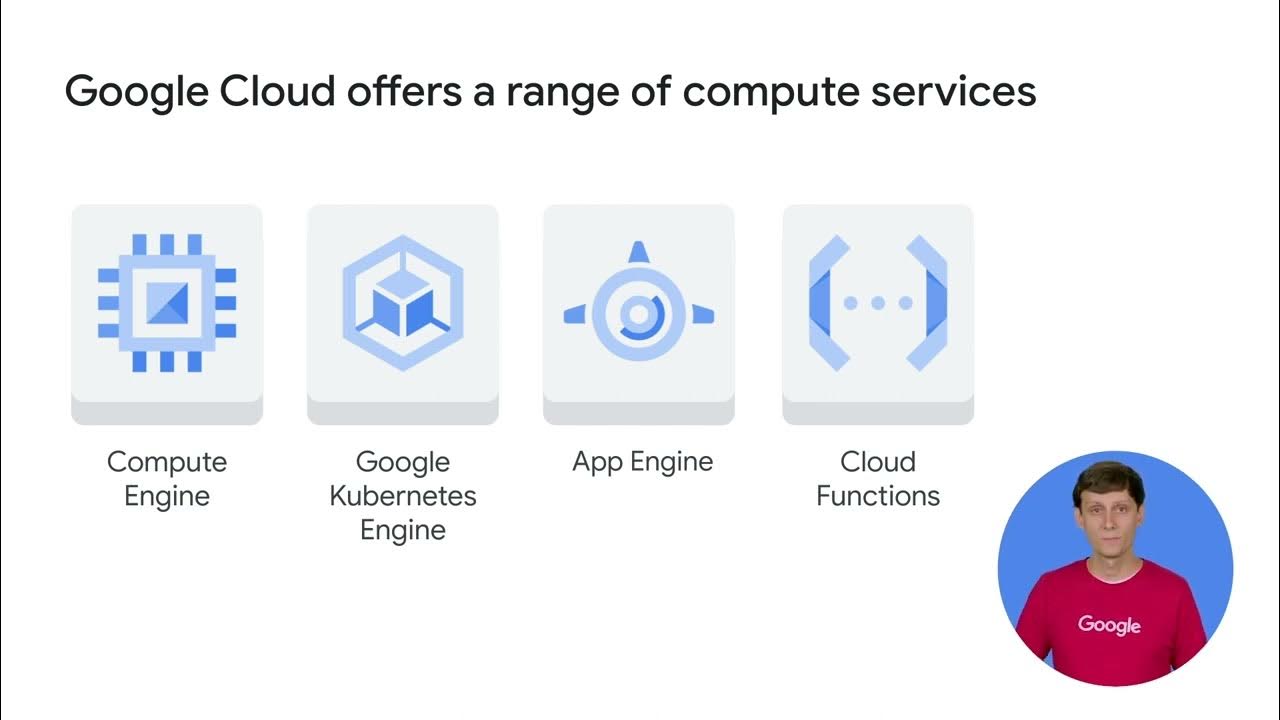What is dot net | .Net అంటే ఏంటి? | Vamsi Bhavani
Summary
TLDRIn this video, the speaker introduces the Dot Net ecosystem, explaining its cross-platform, open-source nature and how it facilitates the development of a wide variety of applications, from mobile to cloud-based solutions. The speaker clarifies the difference between Dot Net and the Dot Net Framework, highlighting the versatility of Dot Net with multiple programming languages such as C#, F#, and Visual Basic. The ecosystem’s runtime, libraries, and cross-platform benefits make it a powerful tool for modern developers. The video is designed to demystify Dot Net, making it accessible and engaging for both beginners and experienced developers.
Takeaways
- 😀 Dot Net is an ecosystem that allows the development of mobile apps, desktop apps, web apps, microservices, cloud-based applications, ML applications, games, and IoT-based applications.
- 😀 The key difference between Dot Net and Dot Net Framework is that Dot Net is cross-platform, open source, and available on Windows, Linux, and Mac, while Dot Net Framework is Windows-only and not open source.
- 😀 The Dot Net ecosystem includes programming languages like C#, F#, and Visual Basic (VB), all of which belong to the same ecosystem.
- 😀 Dot Net is an open-source platform, meaning its source code is available on GitHub for anyone to contribute or modify.
- 😀 Cross-platform compatibility in Dot Net allows you to use it on various operating systems like Windows, Linux, and Mac.
- 😀 Core CLR (Common Language Runtime) is the runtime environment that executes the code written in Dot Net languages, similar to how Java uses JVM (Java Virtual Machine).
- 😀 The Dot Net ecosystem includes not only languages but also libraries, making development easier by providing pre-built functions and functionalities.
- 😀 CIL (Common Intermediate Language) is a crucial part of the Dot Net ecosystem, where all Dot Net code is converted into a common intermediate language, which is then executed by CLR.
- 😀 Dot Net simplifies development by offering numerous libraries, so developers don’t need to write everything from scratch, saving time and effort.
- 😀 The Dot Net platform is versatile, allowing developers to work with different programming languages within the same framework, creating a more unified development experience.
- 😀 Dot Net is highly beneficial for developers who want a single ecosystem for different types of applications, such as desktop, web, mobile, and cloud-based solutions.
Q & A
What is the primary purpose of the .NET ecosystem?
-The .NET ecosystem is designed to provide developers with tools and components for creating various types of applications, such as mobile apps, desktop apps, web apps, microservices, cloud-based applications, and even games and IoT-based solutions.
What are the main differences between .NET and .NET Framework?
-The .NET Framework is Windows-only and not open-source, while .NET (also known as .NET Core) is cross-platform, open-source, and can run on Windows, Linux, and Mac.
How is .NET beneficial for developers?
-.NET is beneficial because it allows developers to write code once and run it on multiple platforms. Additionally, it provides a unified ecosystem with vast libraries and a common runtime environment that simplifies development.
What types of applications can be developed using .NET?
-With .NET, you can develop mobile applications, desktop applications, web applications, microservices, cloud-based applications, machine learning apps, games, and IoT-based applications.
What is the role of languages in the .NET ecosystem?
-Languages in .NET, such as C#, F#, and VB.NET, act as the 'superheroes' of the ecosystem. They are part of a unified framework that allows developers to choose the language they are most comfortable with while still benefiting from the same ecosystem features.
What is CLR in the .NET ecosystem?
-CLR, or Common Language Runtime, is the runtime environment in .NET that executes the code written in various programming languages. It works by converting code into a common intermediate language (CIL) and further into machine code.
How does .NET handle code execution across different languages?
-In .NET, code written in different languages is converted into a common intermediate language (CIL), which is then executed by the CLR. This allows for consistency and compatibility across multiple languages in the ecosystem.
What is the significance of libraries in the .NET ecosystem?
-Libraries in .NET, including both built-in and third-party options, provide prebuilt functions and utilities that developers can leverage to simplify their code and avoid reinventing the wheel. This increases productivity and reduces development time.
What makes .NET a cross-platform ecosystem?
-.NET is cross-platform because it can run on various operating systems, including Windows, Linux, and Mac. The open-source nature of .NET allows it to be adapted and used on different platforms.
Why is the use of Common Intermediate Language (CIL) important in .NET?
-The use of CIL allows .NET to unify code execution across different programming languages. Regardless of the language used, all code is compiled into CIL, which is then run by the CLR and converted into machine code, ensuring consistency in execution.
Outlines

このセクションは有料ユーザー限定です。 アクセスするには、アップグレードをお願いします。
今すぐアップグレードMindmap

このセクションは有料ユーザー限定です。 アクセスするには、アップグレードをお願いします。
今すぐアップグレードKeywords

このセクションは有料ユーザー限定です。 アクセスするには、アップグレードをお願いします。
今すぐアップグレードHighlights

このセクションは有料ユーザー限定です。 アクセスするには、アップグレードをお願いします。
今すぐアップグレードTranscripts

このセクションは有料ユーザー限定です。 アクセスするには、アップグレードをお願いします。
今すぐアップグレード関連動画をさらに表示

What is .NET? What's C# and F#? What's the .NET Ecosystem? .NET Core Explained, what can .NET build?

.NET (A Plataforma Completa de Desenvolvimento de Softwares) // Dicionário do Programador

Course Introduction

Learn Python Programming: Topic 1

Belajar Cara Menggunakan Arduino Untuk Pemula

Visual Basic Dot Net Framework Architecture in Hindi
5.0 / 5 (0 votes)
